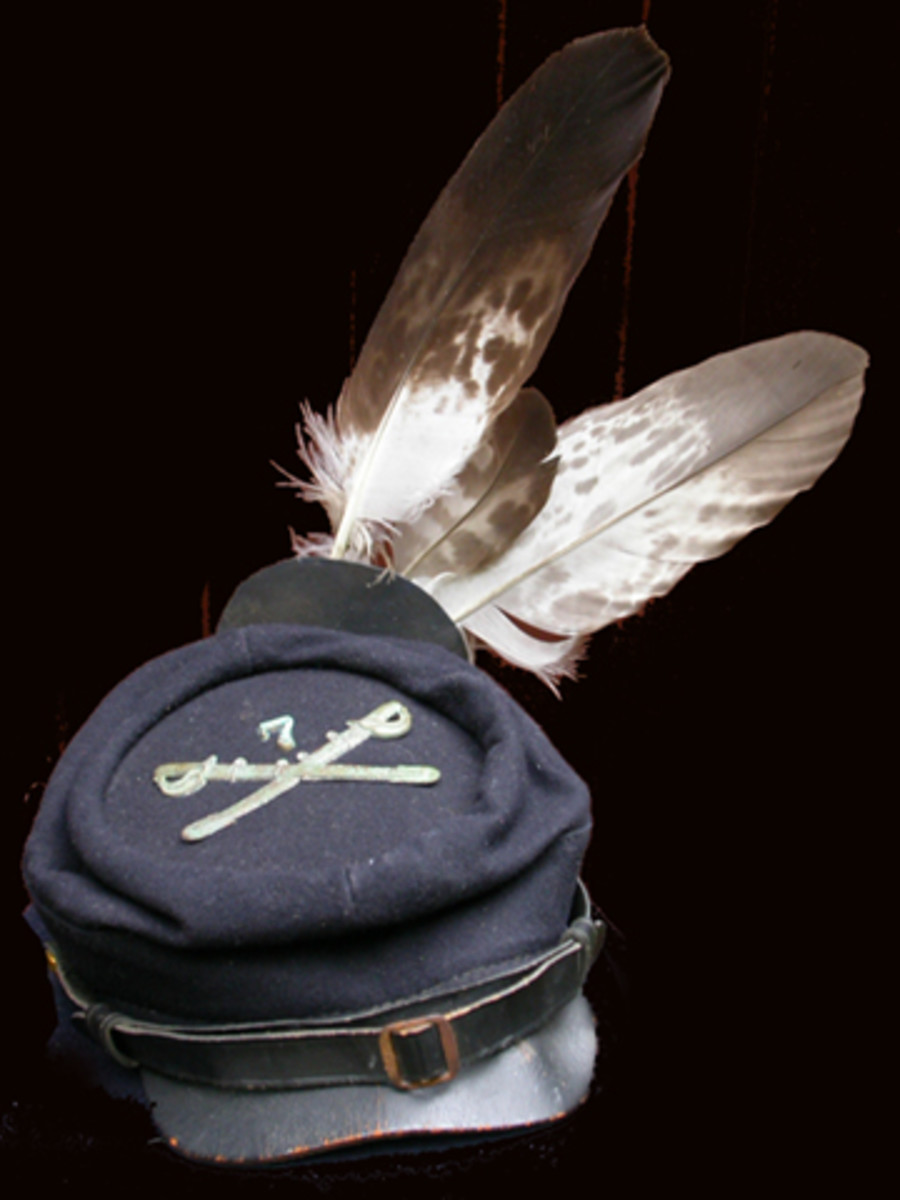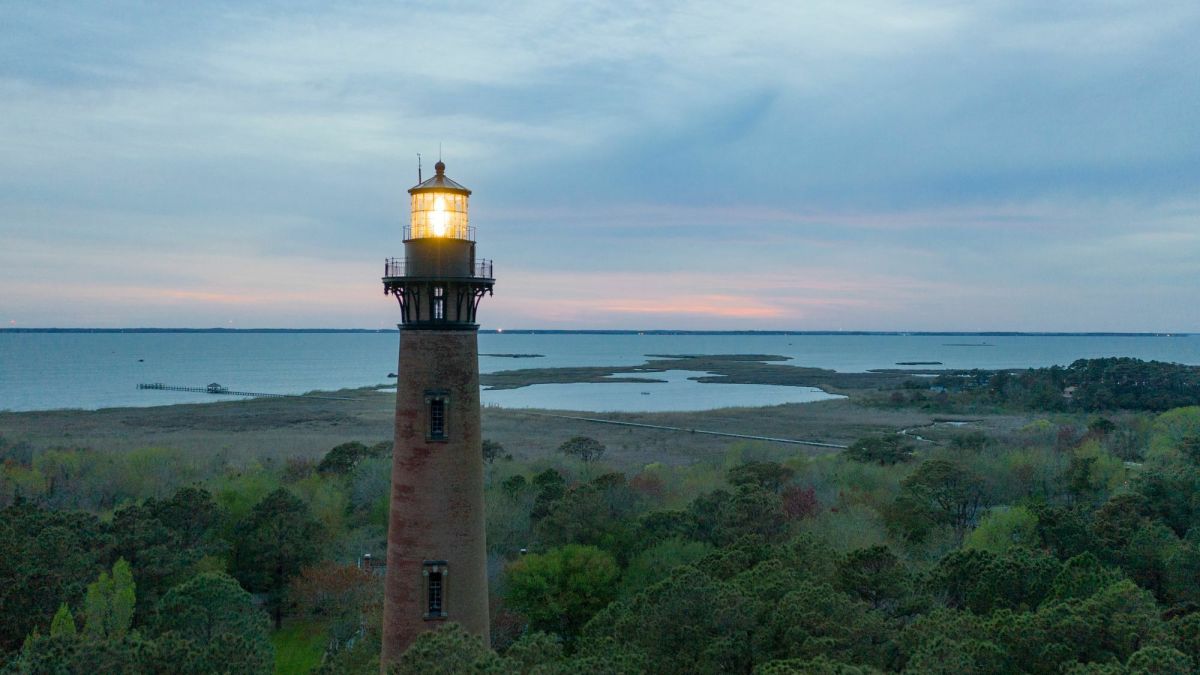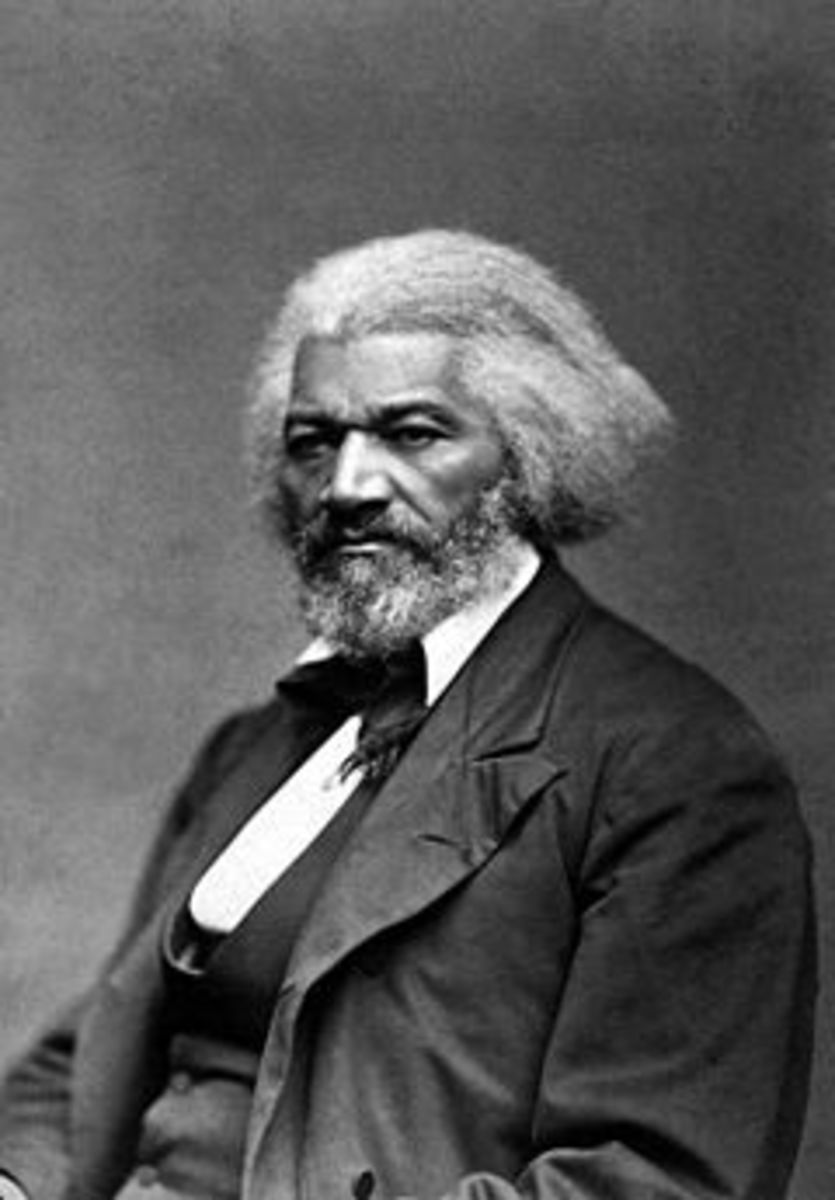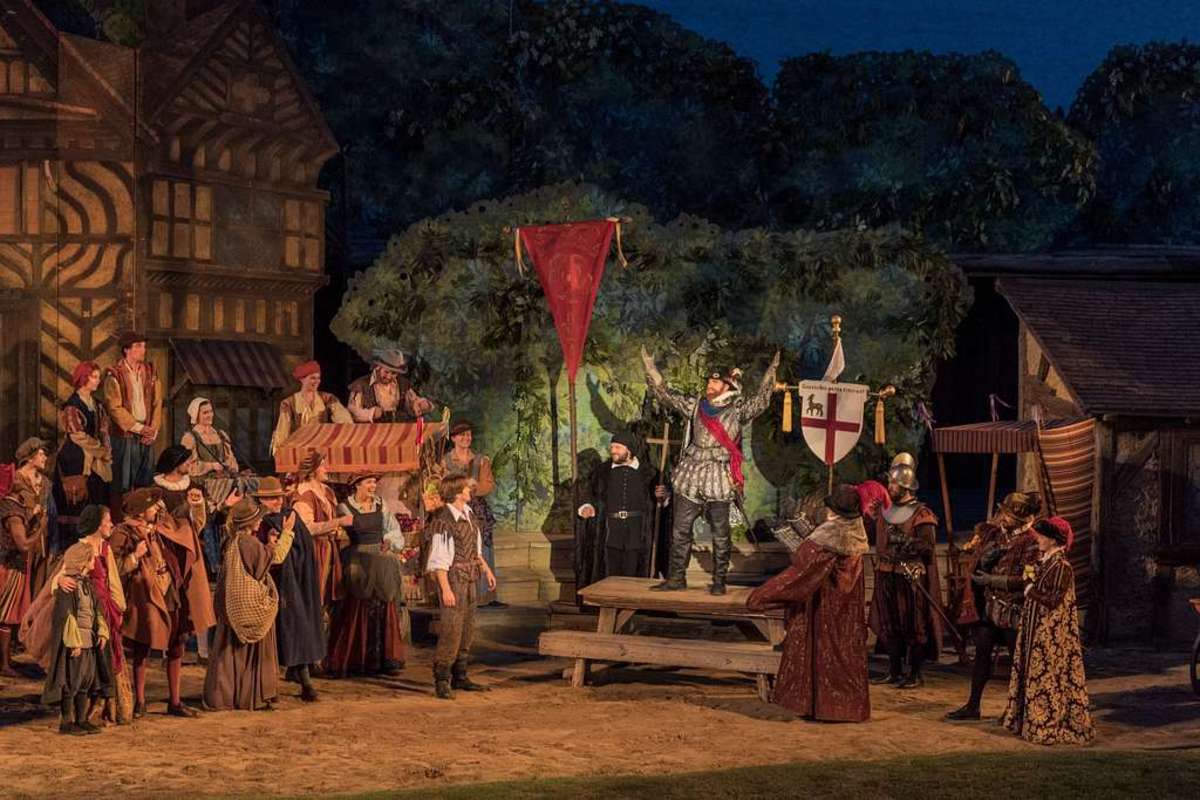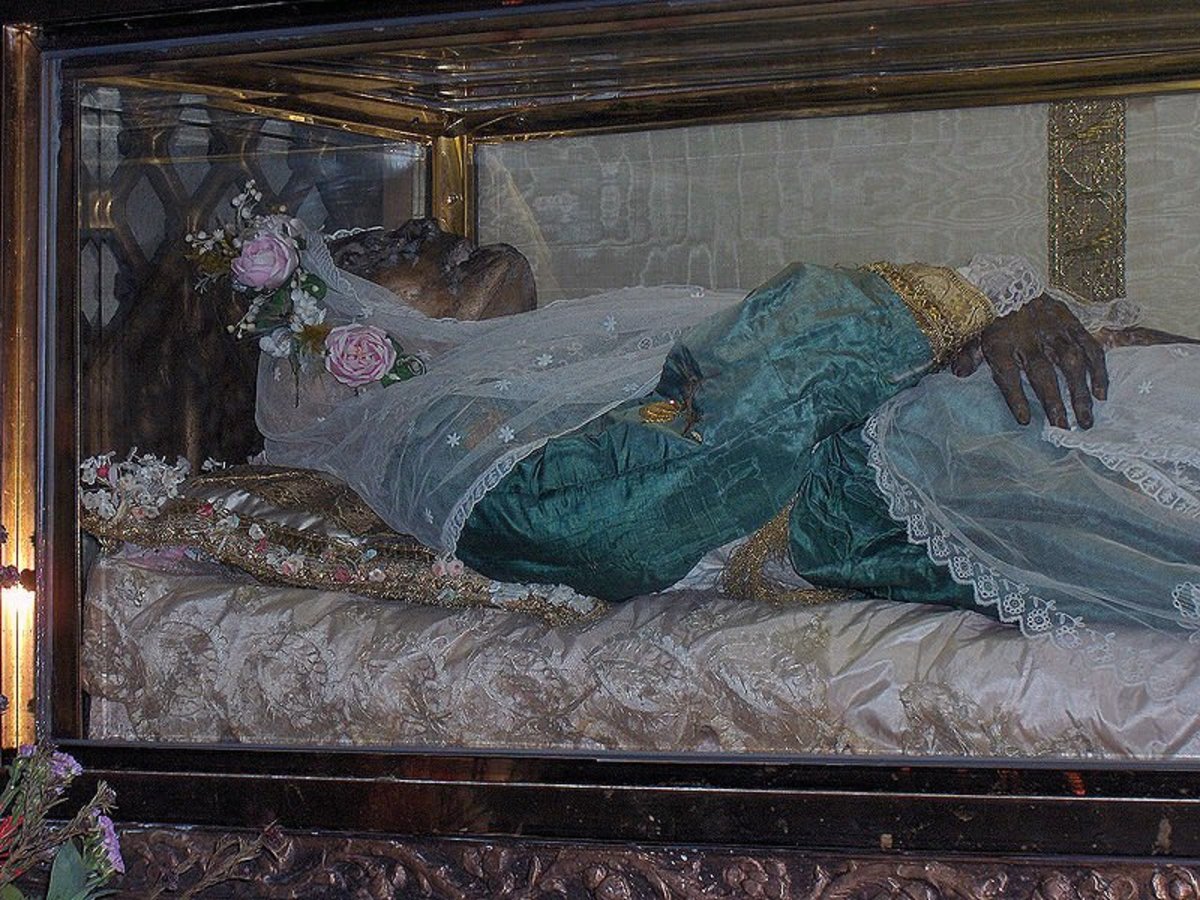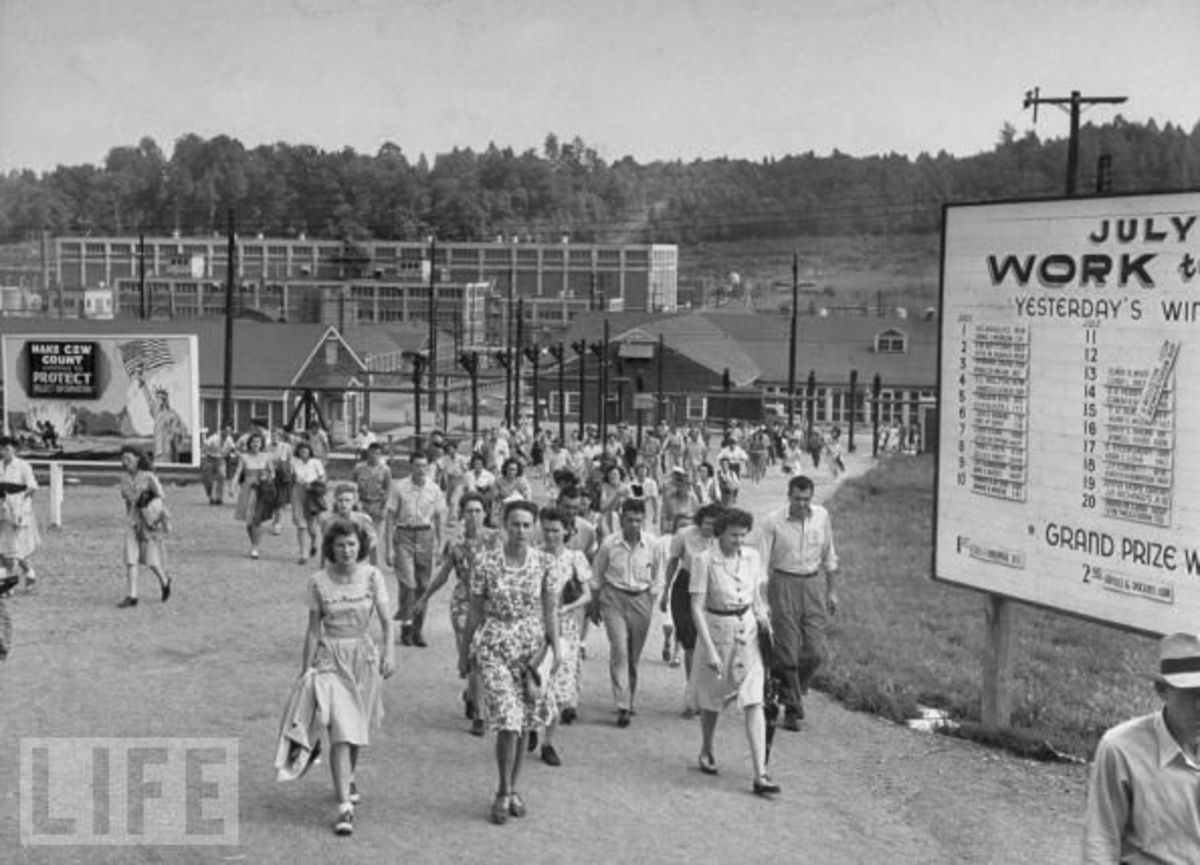CSS ALBEMARLE | Ironclad of The Roanoke | US Civil War Armorclad
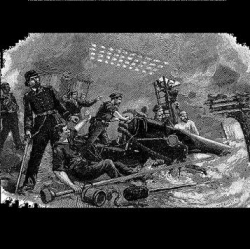
CSS Albemarle
CSS Albemarle was an ironclad ram of the Confederate Navy named for a town and a sound in North Carolina and a county in Virginia. All three locations were named for General George Monck, the first Duke of Albemarle and one of the original Carolina Lords Proprietors. Built in a cornfield on the banks of the Roanoke River, the CSS Albemarle was one of the Confederacy's most modern Ironclad.
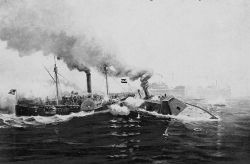
CSS Albemarle in Battle
Civil War Ironclad Ram
On January 15, 1864 Commander James Wallace Cooke was ordered to go to Edwards Ferry on the Roanoke River in North Carolina. Once there he was to take command of an ironclad being built in a corn field. Commander Cooke had a reputation as a fighter, he had been captain of the gunboat Ellis during the battle for Hatteras Inlet and its string of islands during the first part of the war.
Civil War Ironclad CSS Albemarle | Pictures of the Civil War
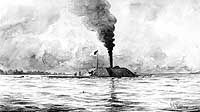
CSS Albemarle | Civil War Ironclad - Results of the Civil War
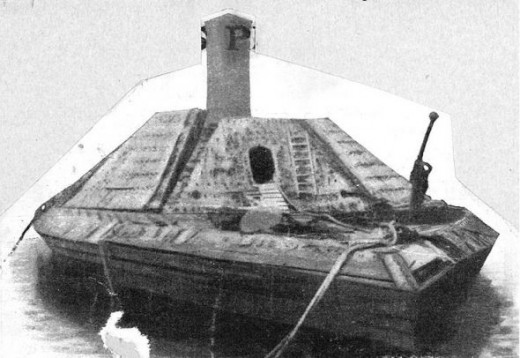
On 16 April 1862, the Confederate Navy Department, enthusiastic about the offensive potential of armor-protected rams following the recent victory of the ironclad CSS Virginia (the rebuilt USS Merrimack) over the wooden-hulled Union blockaders in Hampton Roads, Virginia, signed a contract with Gilbert Elliot of Elizabeth City, North Carolina, to build such a vessel to destroy the Union warships in the North Carolina sounds. These Northern men-of-war had enabled Federal troops to hold the strategic positions which controlled eastern North Carolina.
See My Other Lenses about Civil War Ironclads
Ironclads Civil War
19th Century Drawing of the CSS Albemarle
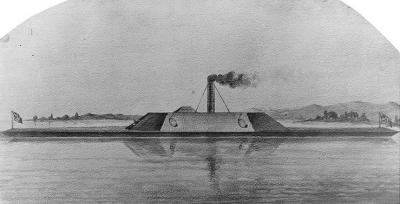
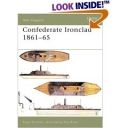
Confederate Ironclad 1861-65
Civil War Ironclad models
The creation of a Confederate ironclad fleet was a miracle of ingenuity, improvisation and logistics. Surrounded by a superior enemy fleet, Confederate designers adapted existing vessels or created new ones from the keel up with the sole purpose of breaking the naval stranglehold on the nascent country. Her ironclads were built in remote cornfields, on small inland rivers or in naval yards within sight of the enemy. The result was an unorthodox but remarkable collection of vessels, which were able to contest the rivers and coastal waters of the South for five years. This title explains how these vessels worked, how they were constructed, how they were manned and how they fought.
CSS Albemarle | Ironclad Ships
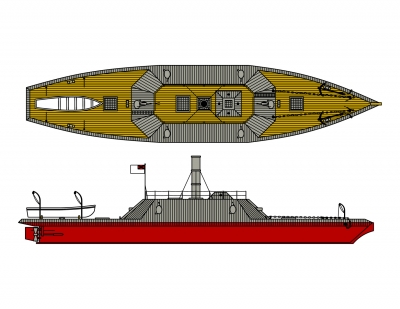
CSS Albemarle Civil War Ironclad | Battle of Ironclads
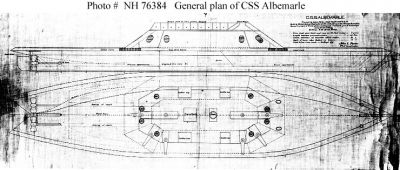
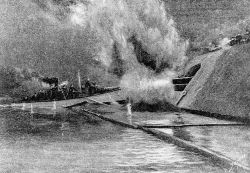
CSS Albemarle
Civil War Causes
Since the terms of the agreement gave Elliot freedom to select an appropriate place to assemble the ram, he established a primitive shipyard in a cornfield up the Roanoke River at a place called Edward's Ferry, near modern Scotland Neck, North Carolina. There the water was too shallow to permit the approach of Union gunboats which otherwise would have destroyed the ram while it was still on the way. Chief Constructor John L. Porter designed an ironclad ram armed with two eight-inch rifles, one forward, the other aft, behind iron shutters, propelled by two engines of 200 hp each.
CSS Albemarle
Ironclad Ram
Construction of the ram began in January 1863, and word of the project soon alarmed Union naval officers in the region. They appealed to the War Department for an overland expedition to destroy the ram, which was named Albemarle after the body of water into which the Roanoke emptied, but the Union Army never felt it could spare the troops needed to carry out the task.
In April 1864 Albemarle, under the command of Captain James W. Cooke, got underway down-river toward Plymouth, North Carolina, to clear the river of federal vessels so that General Robert F. Hoke's troops could storm the forts. She anchored about three miles above the town and the pilot, John Lock, set off with two seamen in a small boat to take soundings. The river was high and they discovered ten feet of water over the obstructions that the Federal forces had placed in the Thoroughfare Gap. Captain Cooke immediately ordered steam and, by keeping in the middle of the stream, they passed safely over the obstructions. Their armor protected them from the guns of the forts at Warren's Neck and Boyle's Mill.
CSS Albemarle Videos - Replica of CSS Albemarle
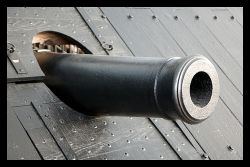
What happened to the Civil War Ironclads?
Final Resting Places
CSS Albemarle was sunk by a spar torpedo in the Roanoke River near Plymouth North Carolina, October 28, 1864 (0 killed). Raised by the Union Navy April 21, 1865.
Sold to be broken up October 15, 1867.
CSS Richmond Civil War Ironclad
CSS Richmond, an ironclad ram, was built at Gosport (Norfolk) Navy Yard to the design of John L. Porter with money and scrap iron collected by the citizens o...
CSS GEORGIA | US Civil War Ironclad
CSS Georgia, also known as State of Georgia and Ladies Ram, was an ironclad floating battery built at Savannah, Georgia in 1862-1863. Placed under command of...
CSS ALBEMARLE | Ironclad of The Roanoke | US Civil War Armorclad
CSS Albemarle was an ironclad ram of the Confederate Navy named for a town and a sound in North Carolina and a county in Virginia. All three locations were n...
CSS MANASSAS | US Civil War Ironclad
CSS Manassas, formerly the steam propeller Enoch Train, was built at Medford, Massachusetts, by J. O. Curtis in 1855. A New Orleans commission merchant, Capt...
CSS Arkansas Civil War Ironclad
The CSS Arkansas was a Confederate Ironclad warship during the American Civil War. Serving in the Western Theater, the vessel helped repulse a U.S. Navy flee...
Civil War Ironclads - Ironclads of the Confederacy
Affiliate Disclosure
"Paperquest is a participant in the Amazon Services LLC Associates Program, an affiliate advertising program designed to provide a means for sites to earn advertising fees by advertising and linking to amazon.com."
Have you ever heard of the CSS Albemarle?


